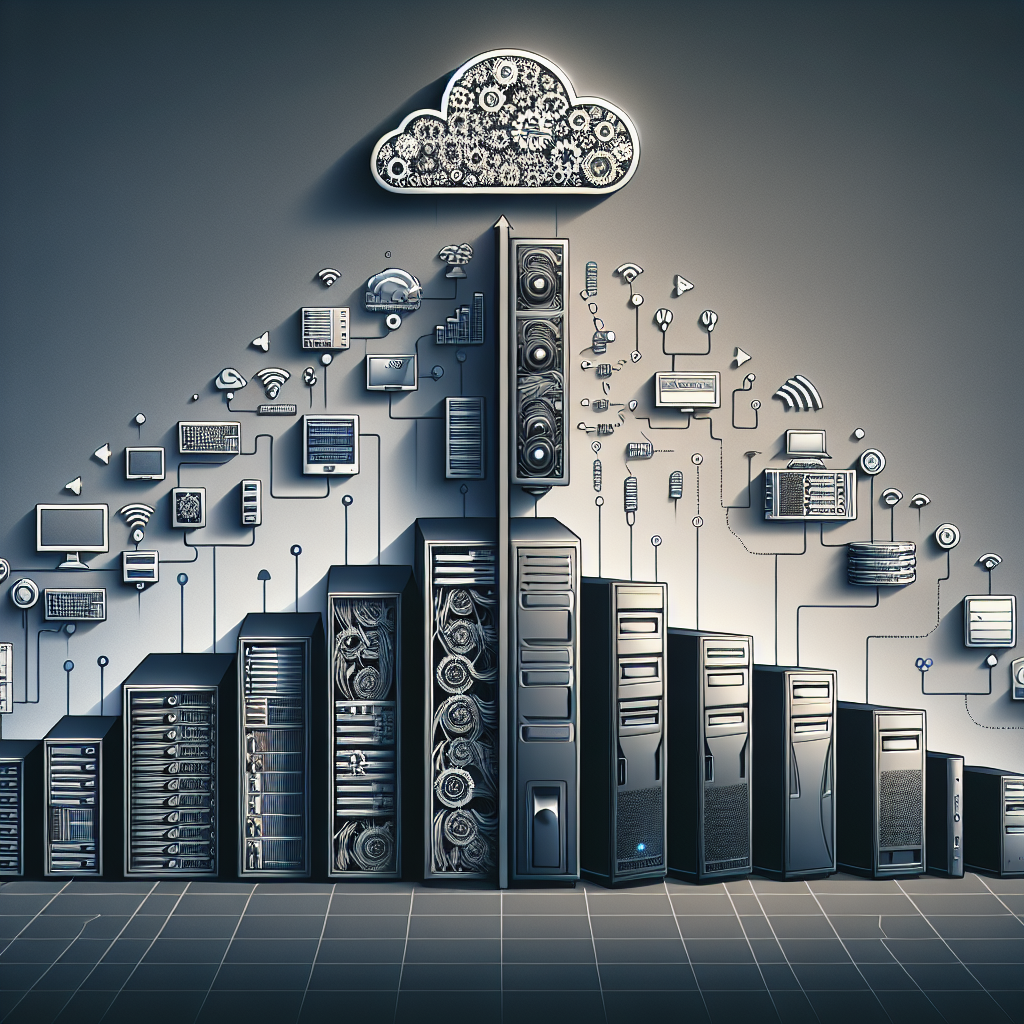Fix today. Protect forever.
Secure your devices with the #1 malware removal and protection software
High performance computing (HPC) has come a long way since its inception, evolving from massive supercomputers to the more flexible and scalable cloud computing solutions we see today. This evolution has been driven by advances in technology, changes in computing needs, and the increasing demand for faster and more efficient processing power.
The first supercomputers were developed in the 1960s and 1970s, with machines like the CDC 6600 and the Cray-1 leading the way in terms of processing speed and power. These supercomputers were massive, expensive, and required specialized facilities to operate, making them accessible only to a select few organizations with the resources to afford them.
As technology advanced, supercomputers became more powerful and more widely available, leading to the development of high performance computing clusters that could harness the processing power of multiple machines working in parallel. These clusters allowed for faster processing speeds and greater scalability, but they still required significant resources and expertise to set up and maintain.
The advent of cloud computing in the early 2000s changed the landscape of high performance computing, offering a more flexible and cost-effective solution for organizations looking to harness the power of massive computing resources. Cloud computing allows users to access computing power and storage on-demand, without the need to invest in expensive hardware or build and maintain their own infrastructure.
Cloud computing also offers increased scalability, allowing organizations to easily scale up or down their computing resources based on their needs. This flexibility has made cloud computing an attractive option for a wide range of industries, from scientific research to financial services to entertainment.
In addition to its cost-effectiveness and scalability, cloud computing also offers greater accessibility, allowing users to access computing resources from anywhere with an internet connection. This has democratized high performance computing, making it accessible to a wider range of organizations and individuals than ever before.
As we look to the future, the evolution of high performance computing is likely to continue, with advances in technology driving even greater processing power and efficiency. The rise of artificial intelligence, machine learning, and big data analytics will continue to drive the demand for high performance computing solutions, and cloud computing is poised to play a key role in meeting these demands.
Overall, the evolution of high performance computing from supercomputers to cloud computing has been a testament to the power of technology to transform the way we work, communicate, and innovate. With cloud computing offering greater flexibility, scalability, and accessibility than ever before, the future of high performance computing looks brighter than ever.
Fix today. Protect forever.
Secure your devices with the #1 malware removal and protection software

Leave a Reply
You must be logged in to post a comment.